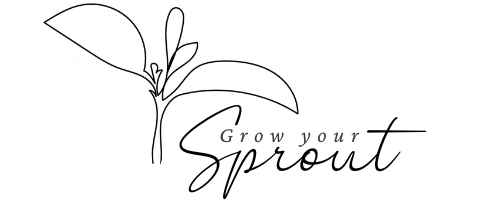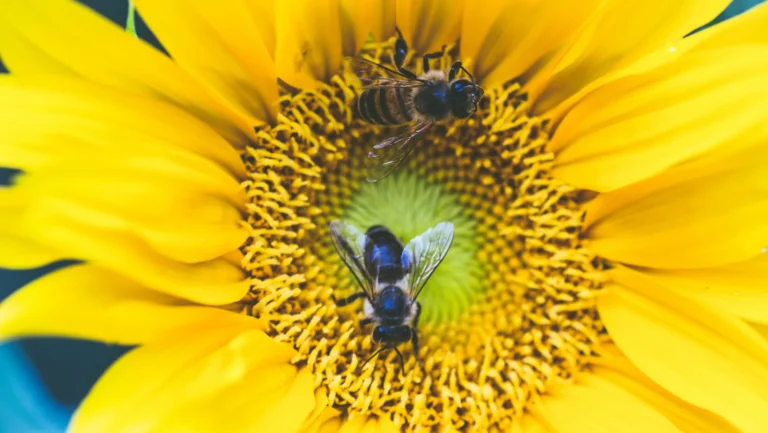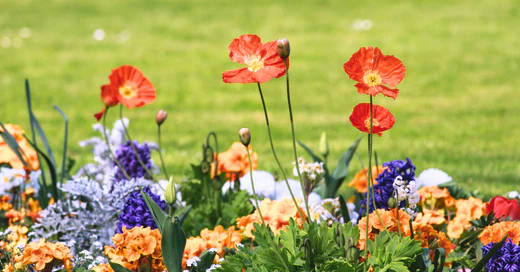What types of plants can be left outside in winter in Quebec?
Surviving Quebec’s winter is a unique challenge for plants due to freezing temperatures and demanding weather conditions. This comprehensive guide will help you identify which plants can remain outdoors and how to protect them so they thrive year after year. Get tailored advice for each plant type, from perennials to shrubs, and specific care techniques for a beautiful winter garden.
1. Hardy Plants
Cold-resistant species in Quebec winters
Some plants are naturally adapted to cold climates and can withstand the harshness of winter. Here are a few hardy plants that do particularly well in Quebec’s winter:
- Lavender: Great for gardens, lavender tolerates cold with good drainage.
- Echinacea: A resilient perennial with beautiful blooms even after harsh winters.
- Hostas and Astilbes: Perfect for shaded areas, they return every spring with minimal winter care.
- Tip: Identify the hardiness zones of your plants before winter. Quebec’s zones range from 3 to 5, and knowing each species’ cold tolerance is essential for ensuring their survival.
2. Winter Preparation Techniques
- To trim or leave branches?
For some perennials, it’s best to cut stems down to the ground to avoid disease. However, for shrubs, leave branches intact as they offer natural cold protection. - Cover or not?
Mulch is an excellent way to protect roots from freezing. For more fragile shrubs, consider covering them with a winterizing cloth to shield them from extreme temperatures. - Exposure and placement
Place pots near walls or in sheltered areas to reduce direct wind exposure. These microclimates help minimize temperature shocks.
3. What to do with non-hardy plants?
- Plants to bring indoors
Some plants, especially tropical varieties, will not survive outdoors. Here’s how to care for these indoor plants during winter:- Light: Choose a bright room, but avoid direct sunlight.
- Temperature: Ideally between 10-15°C to reduce thermal shock.
- Watering: Reduce watering to avoid root rot; plants need less water during winter dormancy.
- Practical tip: If space is limited, hang your plants or create special shelves to protect them from the cold while maximizing indoor space.
4. Practical guides
As soon as temperatures drop below 10°C, typically starting in mid-October, it’s time to start gathering or bringing sensitive plants indoors and preparing those that can stay outside for the Quebec winter.
How to care for each plant
Each type of plant has its own needs to thrive through the winter. Here are some recommendations for perennials, annuals, and shrubs:
- Hardiness and protection: Indicate whether each plant is hardy enough to remain outdoors without cover or if a frost cloth is recommended.
- Indoor care (for plants brought indoors): Specify their light requirements, ideal temperature (10–15°C), and tips for maintaining optimal humidity levels during winter.
- Reduced watering: Dormant plants require very little water, so reduce watering and allow the soil to dry out completely between waterings to prevent rot.
No fertilizer or repotting before winter
- Fertilizer: Avoid using fertilizer during winter. Plants are in a dormant phase and don’t need extra nutrients. Adding fertilizer could force them to produce new growth, which would weaken them during the cold period.
- Repotting: Repotting before winter is not recommended, as it would disturb the roots, increasing their vulnerability to cold. Repotting stresses plants and can cause shock that harms their chances of winter survival.
These recommendations will allow your plants to rest during the winter without wasting energy on new growth or adapting to a new environment. This way, they’ll be ready for vigorous growth in spring!
Tips for a successful winter for your plants
With these strategies, your plants will be well-prepared to face Quebec’s winter. Following these techniques will help prolong their health and beauty, season after season. Take the time to observe and adapt your methods according to each species’ needs to become a true plant expert in Quebec!
FAQ
- What characteristics help conifers survive Quebec’s harsh winters?
Conifers have wax-covered needles that reduce water loss, and their conical shape helps support the weight of snow. - How do evergreen shrubs adapt to Quebec’s winter conditions?
Evergreen leaves are covered with thick cuticles that protect against frost and reduce dehydration from cold winds. - What role do persistent fruits play in the winter ecosystem?
Persistent fruits provide food for birds and small animals, supporting biodiversity during winter. - How important is hardiness zone selection for Quebec gardens?
Hardiness zones help choose plants suited to the local climate, ensuring their winter survival and ability to thrive each year. - How do soil conditions impact the selection of winter-hardy plants?
Soil conditions, wind exposure, and slope influence a plant’s ability to withstand cold, making plant selection essential for winter durability.




Leave a comment